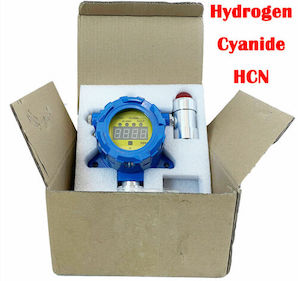
-----
Where does KOH come from in gold baths?
1996
Dear Platers and Metal Finishers
I have a simple question regarding the pH increase as one plates out gold in an acid KAu(CN)2 bath. A gold plating bath, when fresh, gives deposits of a desired color and properties. However, when the color of the deposit starts losing its desired tint, it is well known that this is due to an increase in KOH. Is the chemical reaction that causes the increase in KOH due to the hydrolysis of CN-.
(i.e., CN- + H2O : : > OH- + HCN)?
This doesn't make since
HCN : : > H+ + CN- as pH rises.
Can someone tell me or describe why the KOH accumulates as gold is plated in an acid gold bath. I appreciate any comments.
(This is probably a simple question; please excuse my ignorance)
Thank-you
University of Waterloo
This phenomenon occurs with many acid baths, including those that do not contain cyanide. Nickel is a well known example, where boric acid is added to buffer the solution to try to minimize the effect.
It's the hydrolysis of water that causes it: 2H20 : : H2^ + 2OH-

Ted Mooney, P.E.
Striving to live Aloha
finishing.com - Pine Beach, New Jersey
Ted is available for instant help
or longer-term assistance.
1996
Please excuse this stupid question, but isn't cyanide a base? I mean KAuCN is basic, is it not? If so, then why do you refer to it as an acidic solution? Or am I just misinterpreting you answer?
Scott KsobiechMilwaukee Wisconsin
1998
Hi, Scott.
I know it sounds weird -- and it should sound dangerous if you have been properly warned about the danger of poisonous hydrogen cyanide gas evolving when acid and cyanide are mixed. But, yes, there are acid gold cyanide plating baths (as well as neutral gold cyanide and alkaline gold cyanide plating baths).
The gold is so tightly bound to the cyanide that the cyanide cannot independently participate in many chemical reactions. My understanding is that it acts like a 'radical' (along the lines of SO4) that tends to stay bonded together in most situations.

Ted Mooney, P.E.
Striving to live Aloha
finishing.com - Pine Beach, New Jersey
Ted is available for instant help
or longer-term assistance.
1999
I was working in a company manufacturing nickel stampers. There we used to do nickel electroforming. We used to put boric acid in nickel baths because the temperature of the solution near the cathode used to increase as a result of which H-OH bond gets weak. And if this OH is not neutralized by boric acid it used to combine with nickel forming burnt deposits. Probably the same fundamentals you can apply here.
Let me know if you feel I am right.
- Mumbai, India
2006
Q, A, or Comment on THIS thread -or- Start a NEW Thread
